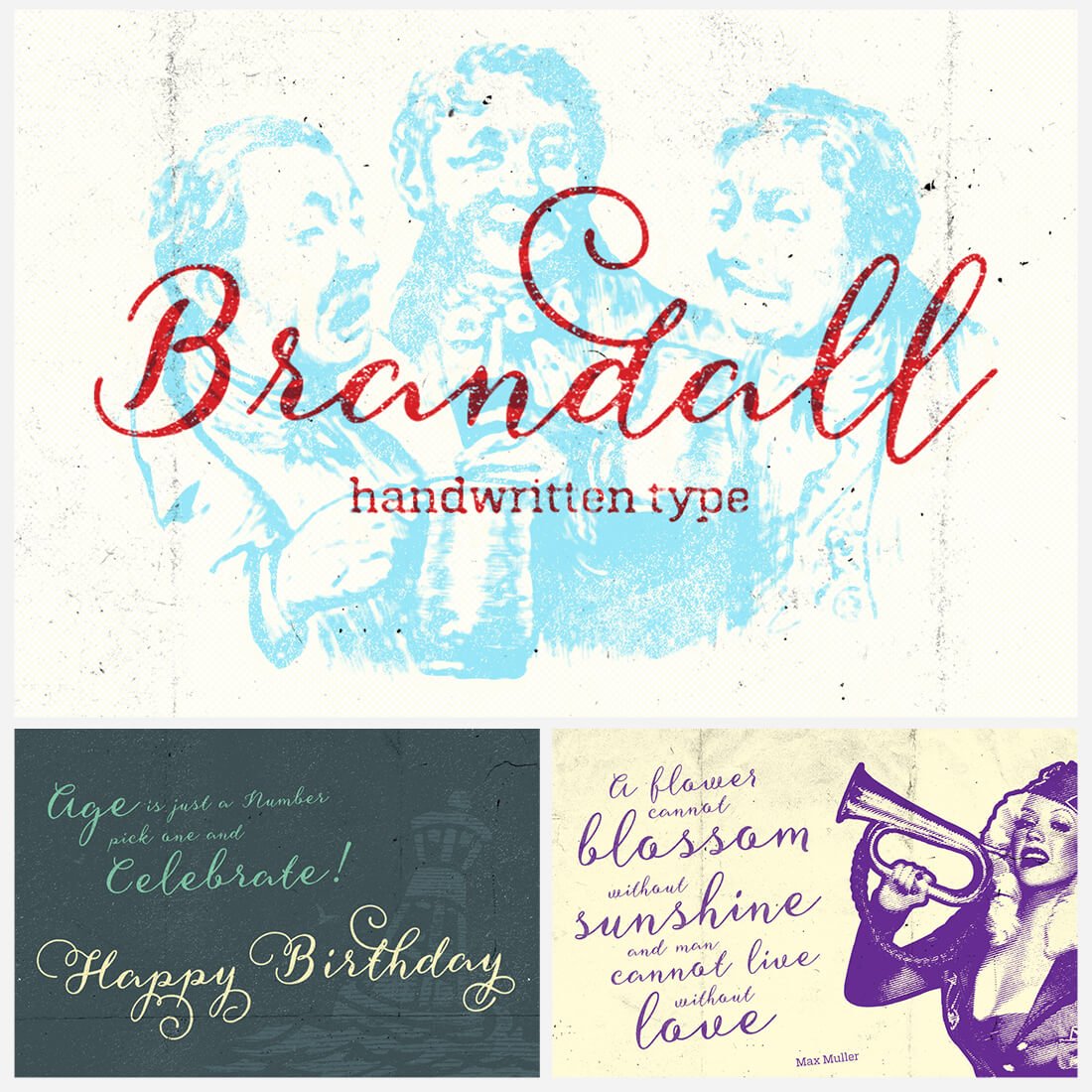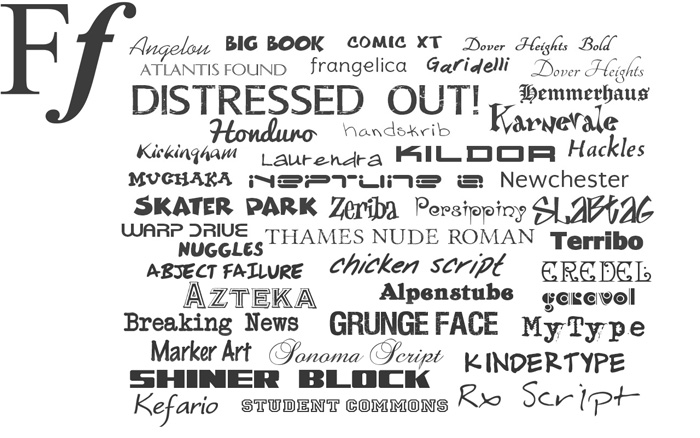
In turn, this is an avenue for boosting personalization of your brand. What does this mean? On the one hand, customers are able to access fonts that are not commonly used. Advanced features like distinct effects or variable strokes will allow users to find the perfect balance and shape for their letters.Īt the same time, such solutions are a powerful source of commercial fonts. Since the software is compatible with different devices, the workflow is enabled even on the go. With the help of Amadine, color quality and uniqueness are everlasting partners for your visual content. For instance, Swift Publisher allows users to alter the color mode from CMYK to RGB (and vice versa) to make sure the printing process at any agency will bring satisfactory results. They were developed to eliminate any difficulties in publishing efforts. Once again, the previously mentioned utility will come in handy.įor those who prefer easy-to-use software like Swift Publisher and Art Text, all the necessary functions are already present within the platforms. If you would like to save fonts on your device, it is a good idea to organize them properly in collections to avoid information overload.

In the Applications folder, you will find the Font Book feature, which will simplify the process. This how-to article is dedicated to the installation on iOS and iPadOS devices. The font installation is accessible via double clicking or dragging and dropping the necessary kind on your Mac. If you are searching for extensive capabilities to manage fonts, the native Apple systems, including Mac, iOS and iPadOS, are always there to assist. To preserve the desirable level of flexibility for your projects, don’t hesitate to opt for Swift Publisher-the desktop publishing app that allows you to create designs of any complexity while sustaining the desired fonts you wish to use. Of course, these types don’t have the same application support and aren’t accessible via any software. OpenType is the latest standard for fonts, developed jointly by Adobe and Microsoft. The alternative TrueType solution was brought to the market by Apple, and their fonts will be familiar to Macintosh and Windows operating system users.

These options are known for their marvelous design and have a reputation of being lifesavers for those who are eager to create a high-quality layout. We need to thank Adobe Systems for creating PostScript fonts. Apart from the design peculiarities, one of the leading differences between them is the developer.

In general, we can subdivide all of them into three main categories-PostScript, TrueType and OpenType. Just working with common programs for text documents, you will face a huge array of fonts.


 0 kommentar(er)
0 kommentar(er)
